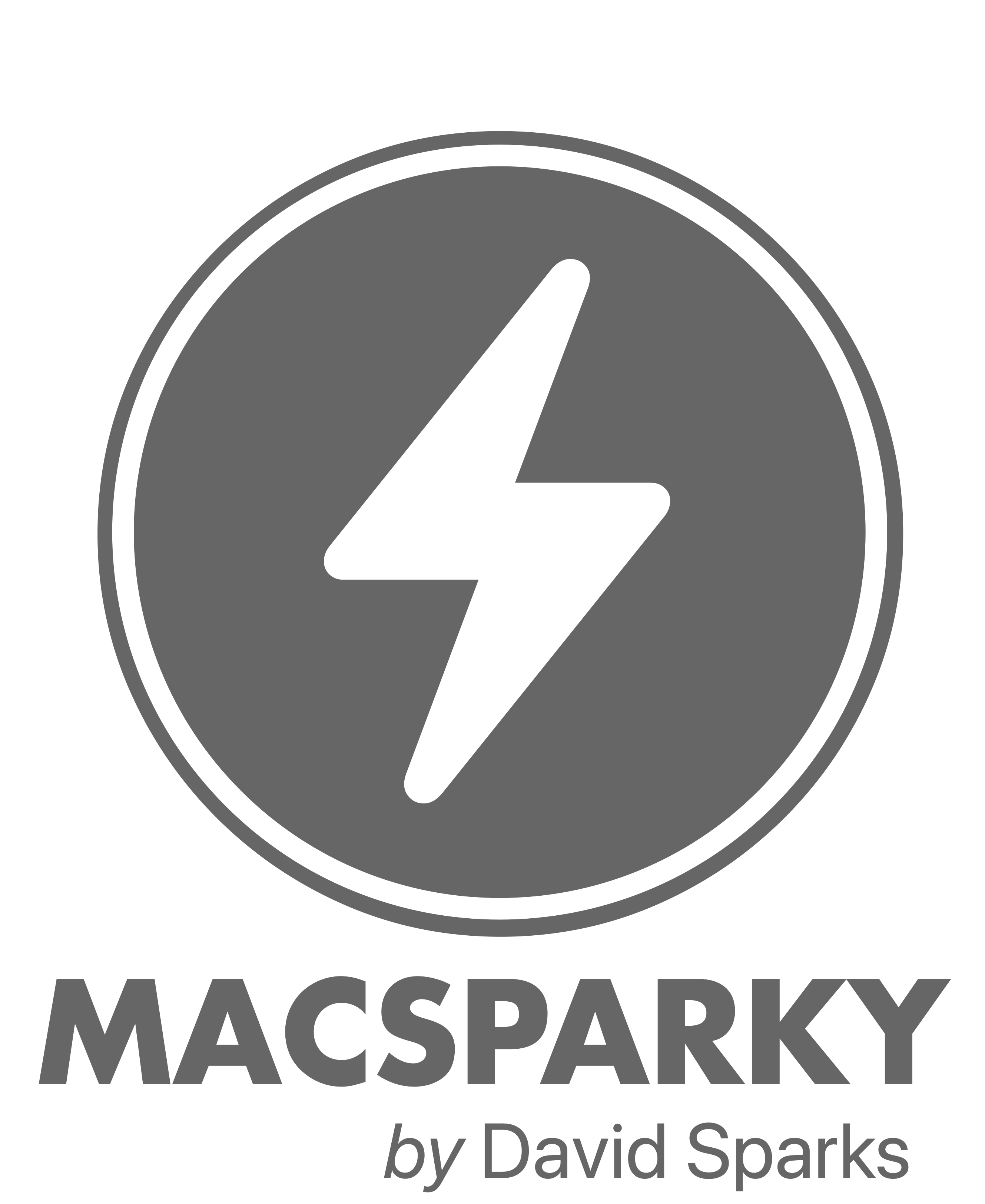I’ve recently been corresponding with Jonathan Copeland (Website)(Twitter). Jonathan is an information science/multimedia student at the University of Pretoria and he’s got some definite opinions on his favorite apps. So Jonathan, show us your home screen.
What are some of your favorite apps?
Music — It’s very seldom that I’m not listening to something, in fact, as I’m typing this I’ve got Full Moon by Petit Biscuit blasting. I love every bit of the redesign of Apple Music in iOS 10, especially the For You tab and it’s weekly personalised playlists.
FaceTime — a lot of my close friends and family live in different parts of South Africa and the world, so being able to actually see them is incredible. It’s a long drive home to my parents, but every now and then we’ll have dinner or tea over FaceTime. It’s the best.
Pocket Casts — I listen to podcasts on the couch, my commute or whilst I’m ironing, and I enjoy using Casts (website)(iTunes) because of it’s colourful design and features, ‘Trim Silence’ and episode filters.
Habit building apps — I use Streaks (iTunes)(website) to focus on what’s important by keeping habits. Day One (iTunes)(website) is my daily journal that I’ve been using it for just under four years. I use Calm (iTunes)(website) near the end of the day for peaceful background music and meditations. The Nike+ RunClub (iTunes)(website) app makes running feel much more exciting with in-run commentary, stats and achievements. I’m also enjoying the iOS 10 Bedtime Clock feature and how it’s made me aware of my sleep schedule.
Which app is your guilty pleasure?
Twitter — I use Twitter (iTunes)(website) to stay abreast of what’s happening in the world, however as awesome as it is it can be a time suck.
What app makes you most productive?
Evernote — I appreciate Evernote (iTunes)(website) more and more with each passing year. It’s the first app I open on my Mac everyday, and the iOS app is great for on-the-go note-taking and access to any of my notes. Evernote’s companion app, Scannable, is wonderful for going paperless and I’ve used it to scan every test and class handout since starting University last year.
Tyme — I discovered this gem during the June holidays and it’s completely changed the way I work. Tyme (iTunes)(website) is a time tracking app that I use to monitor how I’m working on my various University modules and side projects. It’s great because it keeps me accountable and provides data of how long, when and what I’m spending my time on.
What widgets are you using and why?
I absolutely love iOS 10’s widgets. Before and after each class I glance at the Fantastical (iTunes)(website) widget to see what’s next, where it is and how long until my next lecture. Sometimes it’s easy to forget about upcoming due dates, and the OmniFocus (iTunes)(website) widget makes sure that never happens. The quick capture inbox button is something I have already grown quite attached to. The Evernote widget is awesome with it’s buttons for quick capturing of notes and images.
What is the app you are still missing?
What I’m missing is less of an app and more of a feature request in existing ones. I’m a big fan of the new iOS 10 widgets and would love to see Tyme (iTunes)(website) and Streaks (iTunes)(website) implement widgets of their own. Streaks is a habit tracking app, so being able to be reminded of habits and then tick the off through a widget would be incredible. Tyme on macOS has a nifty little Finder widget that lets you know how long you’ve worked in a day. I would be so excited to see something like that implemented in a widget.
What is your favorite feature of the iPhone/iPad?
iOS. I love how someone doing the basics and someone as immersed in apps as myself can get equal amounts of pleasure and delight from our iPhones; and with every new version of iOS the experience gets even better.
If you were in charge at Apple, what would you add or change?
I would bring attention back to our professional users’ needs. I feel like the iPad is a missed opportunity: for all that it can do, it’s still not the personal computer replacement that it could be. To earn the title “Pro” I feel that it needs to run Affinity Designer, Logic, Xcode, Final Cut Pro, Sketch and all the other pro creation apps. I would direct resources into developing a unique iPad operating system that can truly replace the personal computer and take advantage of the incredible hardware on offer. It’s obvious that macOS needs to be more of a priority again with more Mac first innovations. Apple’s income largely comes from typical consumers, but their future depends on their pros.
What’s your wallpaper and why?
I like wallpapers that are simple, but that remind me of something important. My current wallpaper is the logo from the front cover of a book I love, ‘Zen and the Art of Motorcycle Maintenance’ by Robert M Pirsig. The story revolves around a motorcycle journey across the U.S. by the author and his son. Along the way the author discusses quality, values, life and technology. The book gave me a new perspective and I like to be reminded of that.
Thanks Jonathan.









